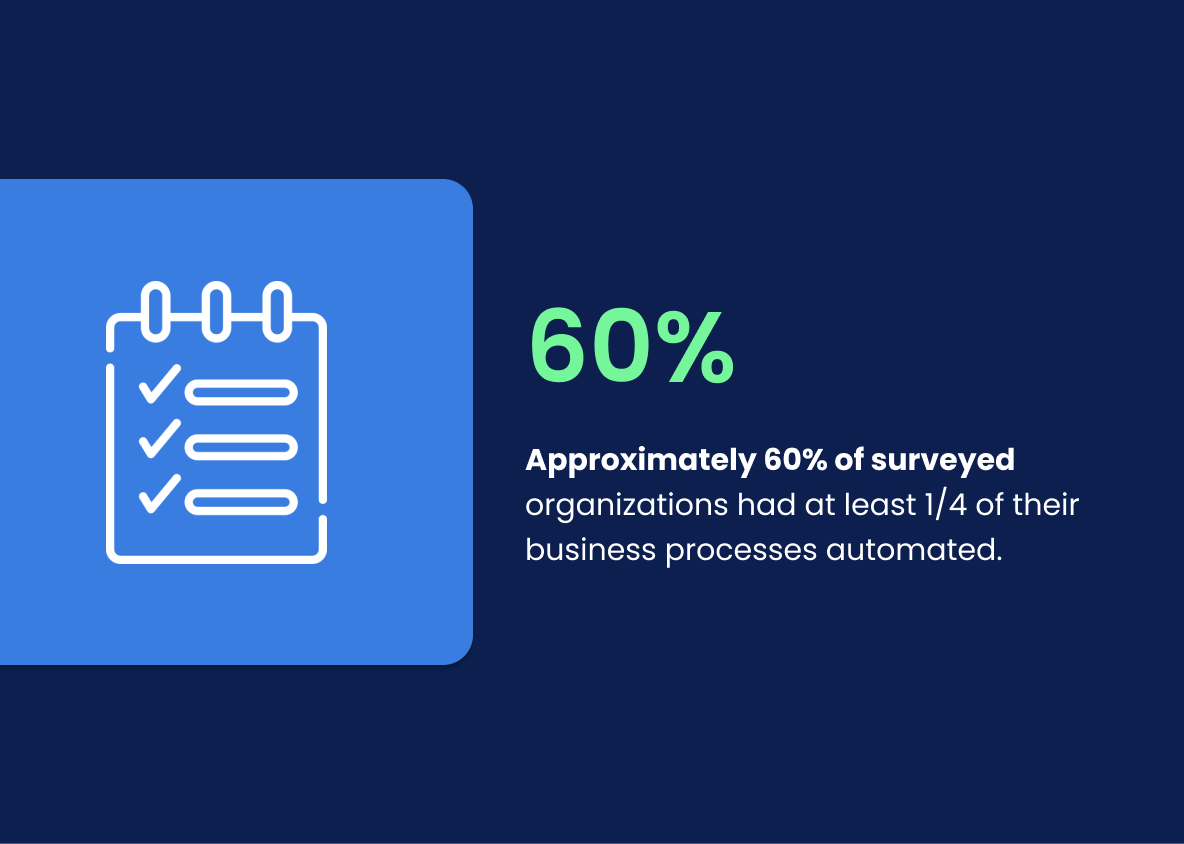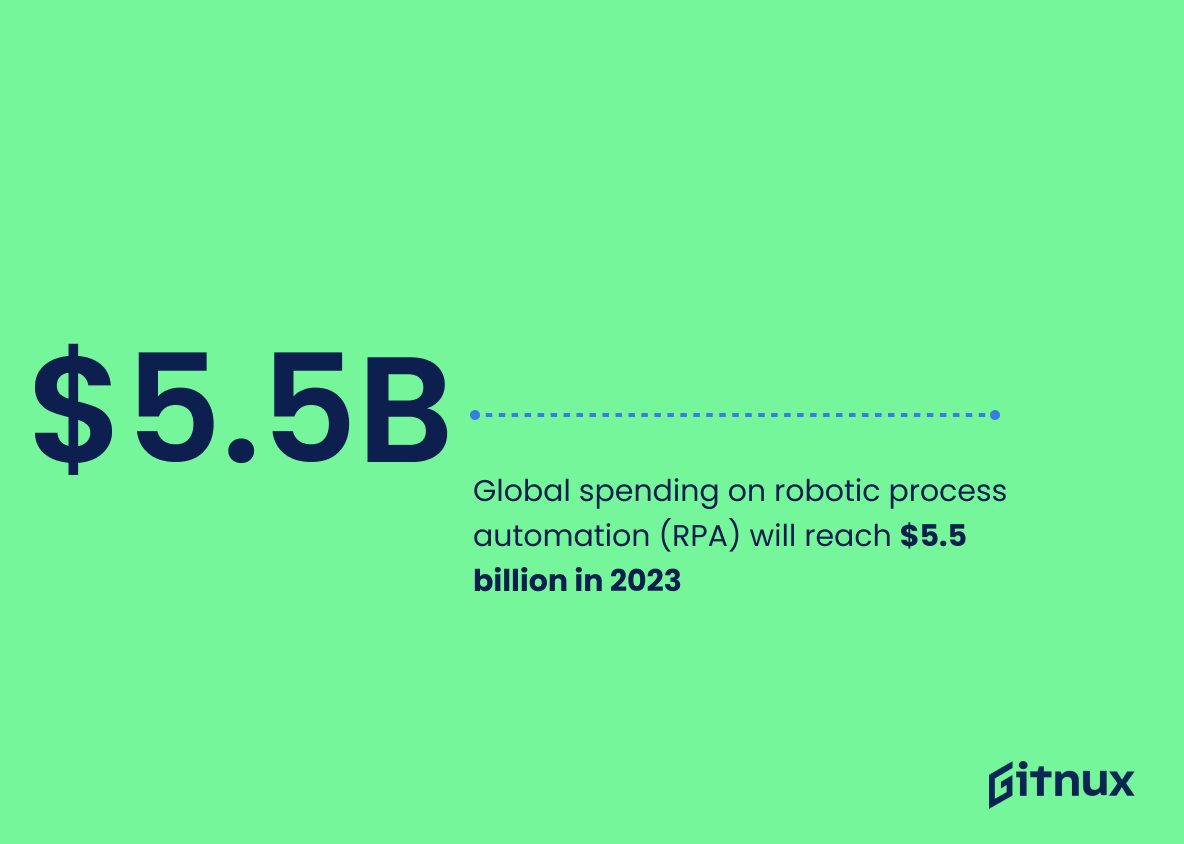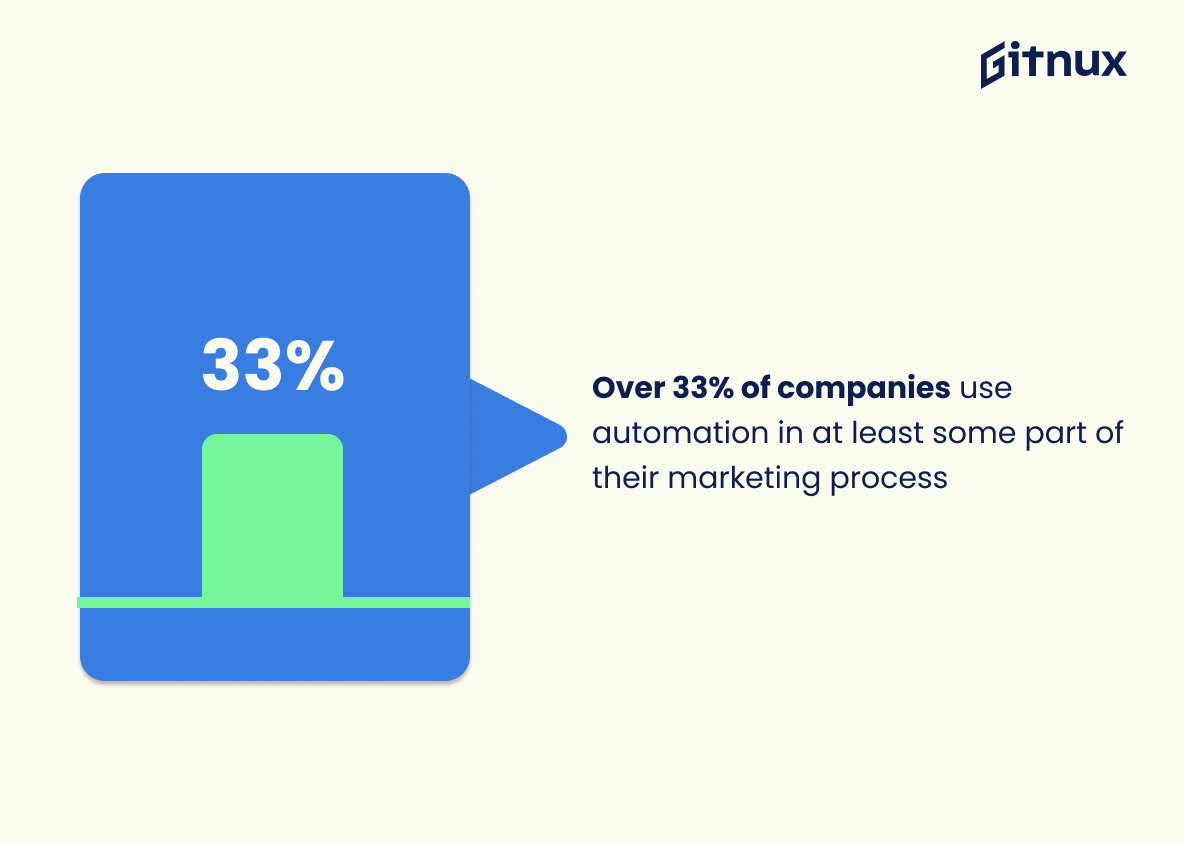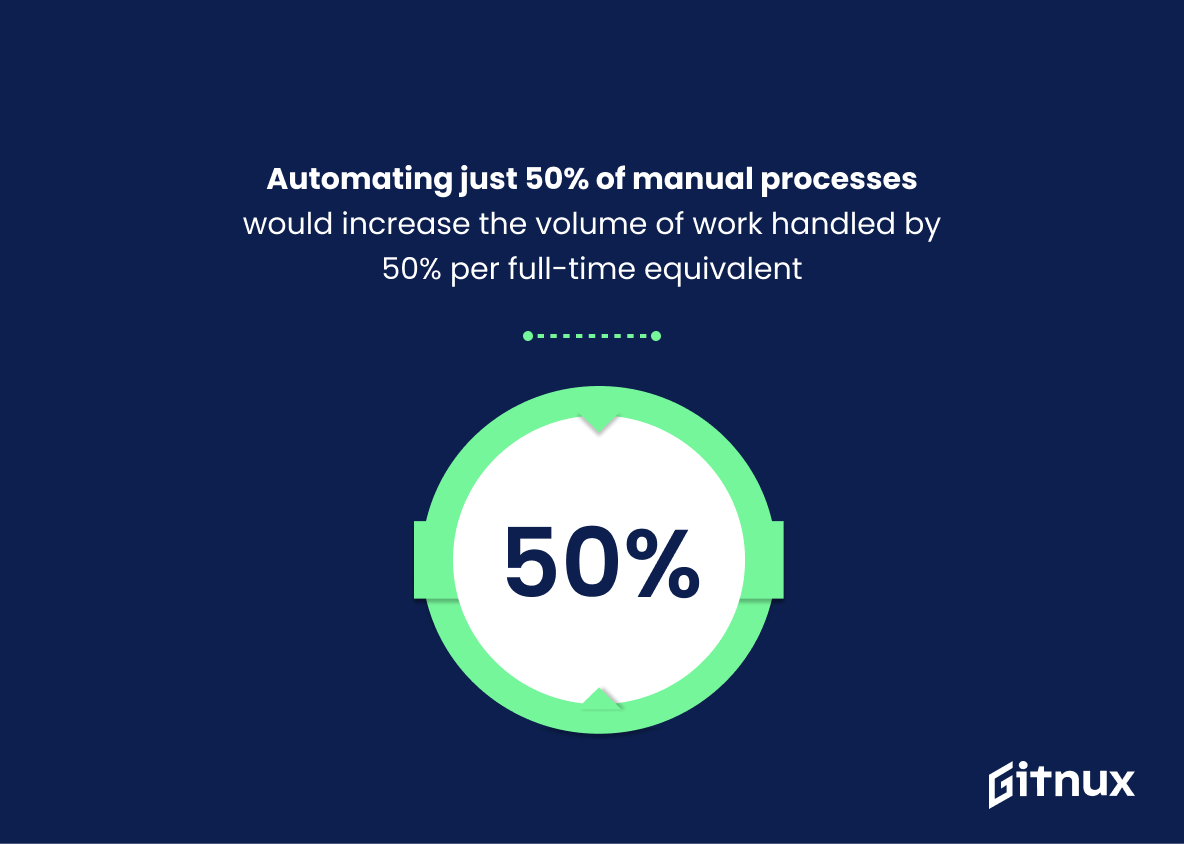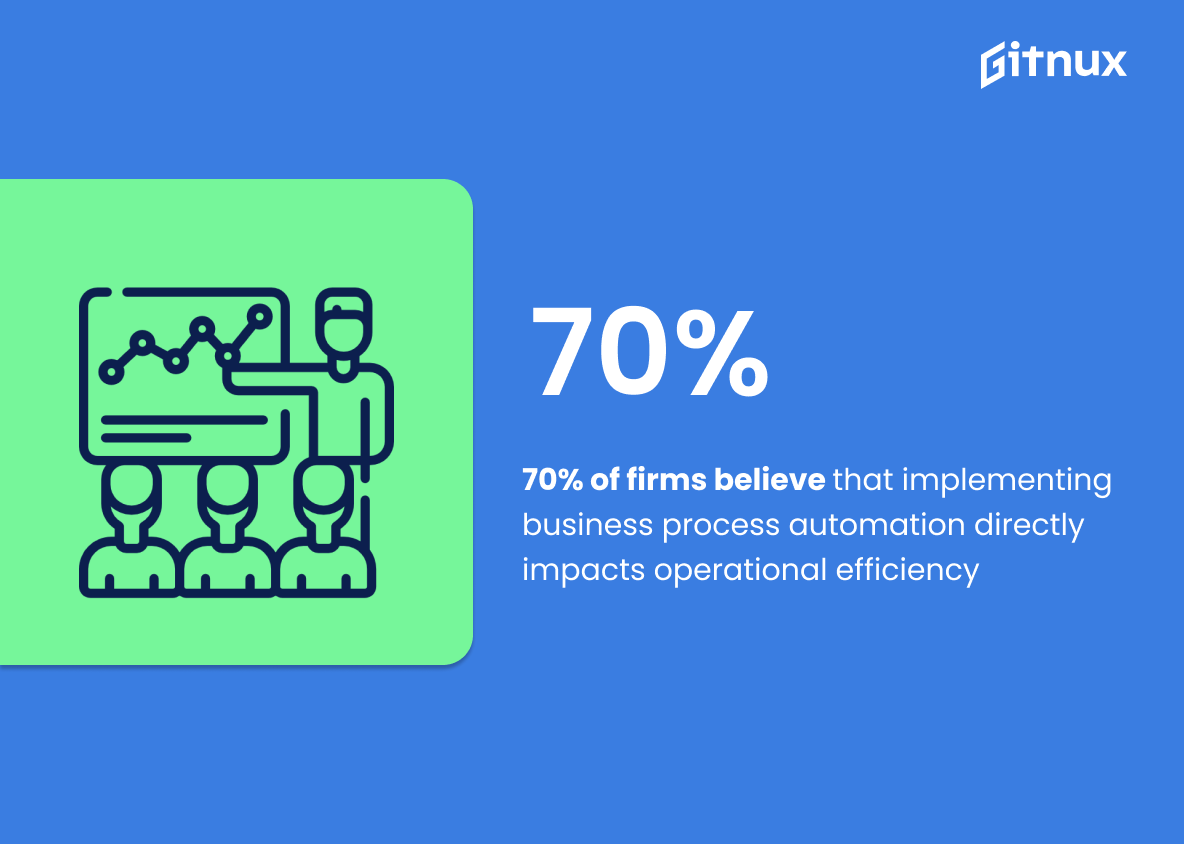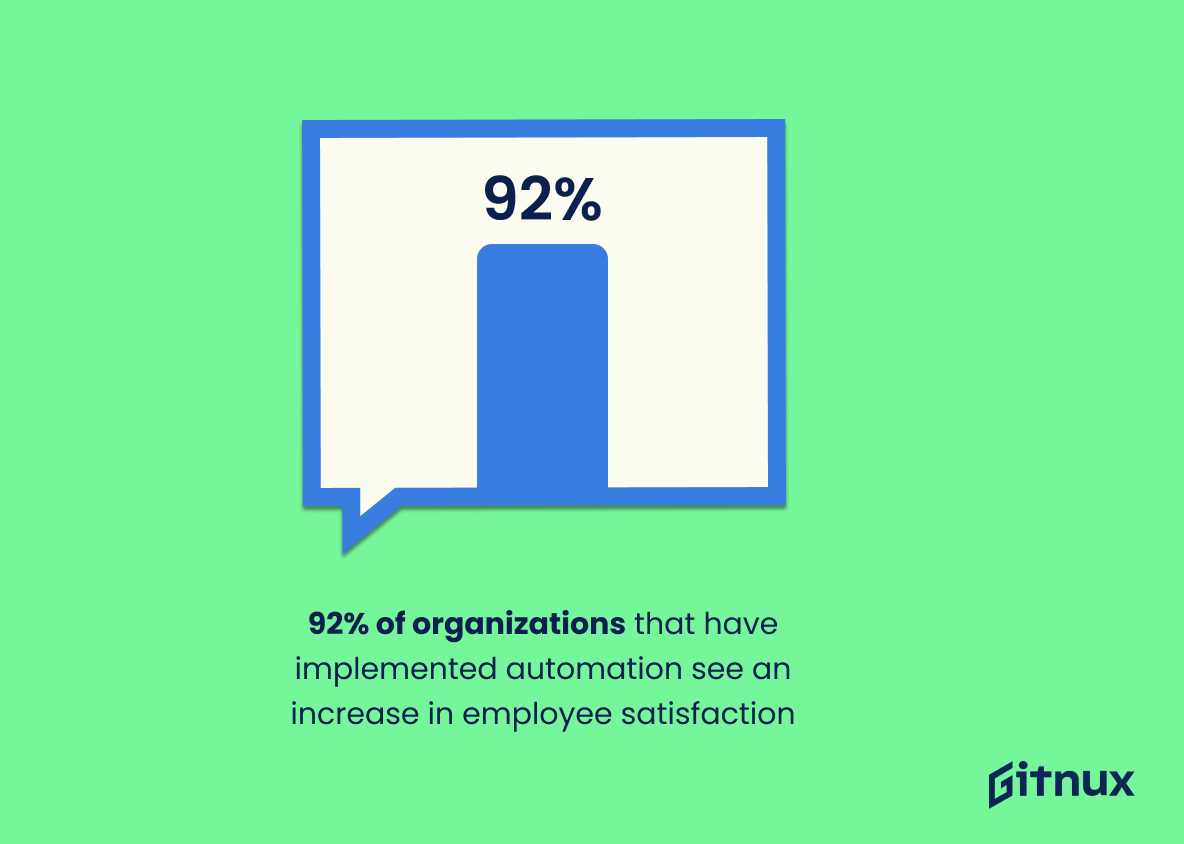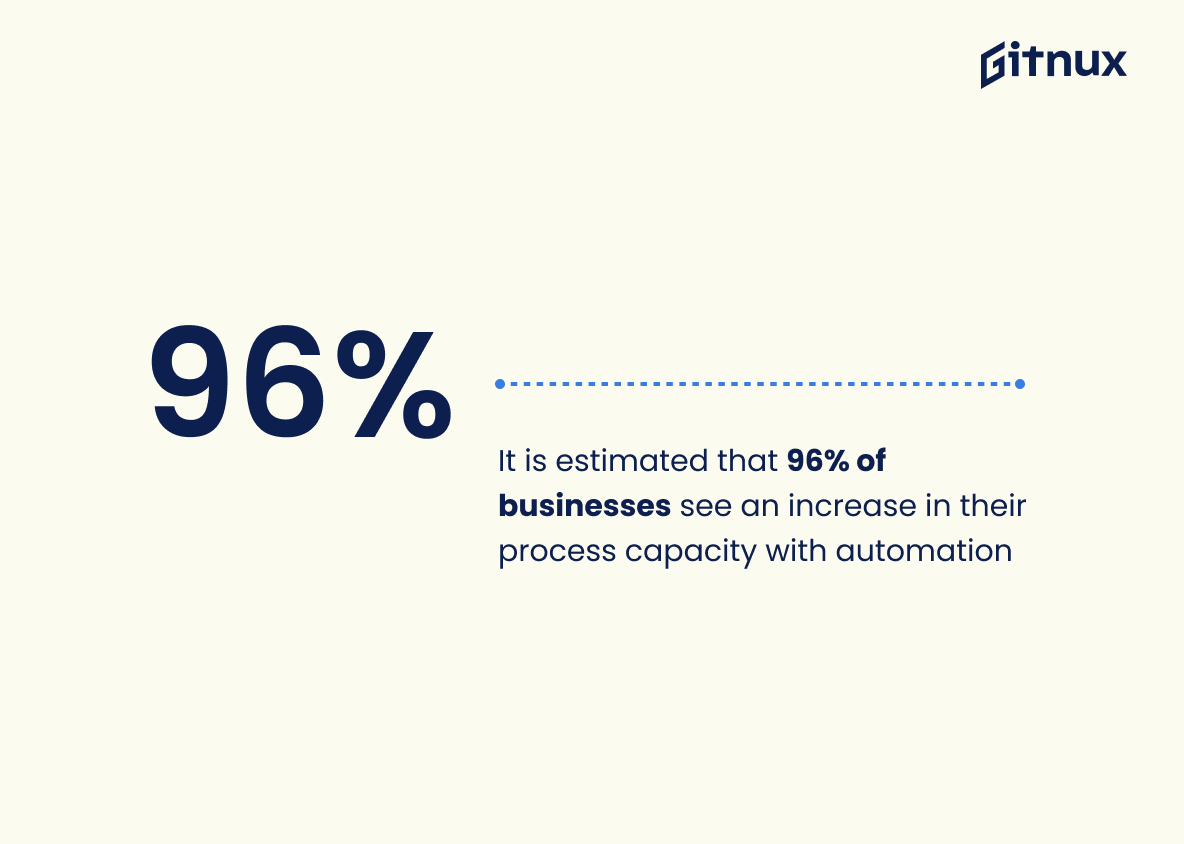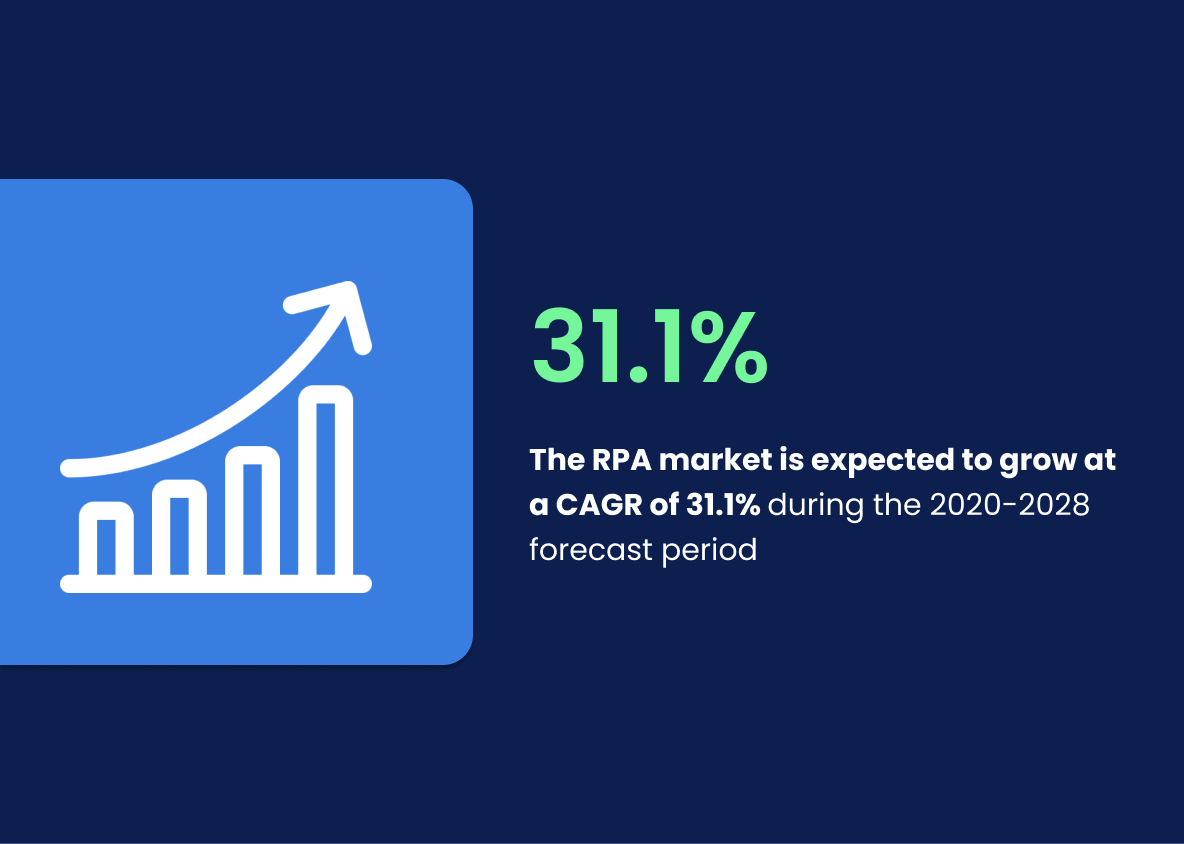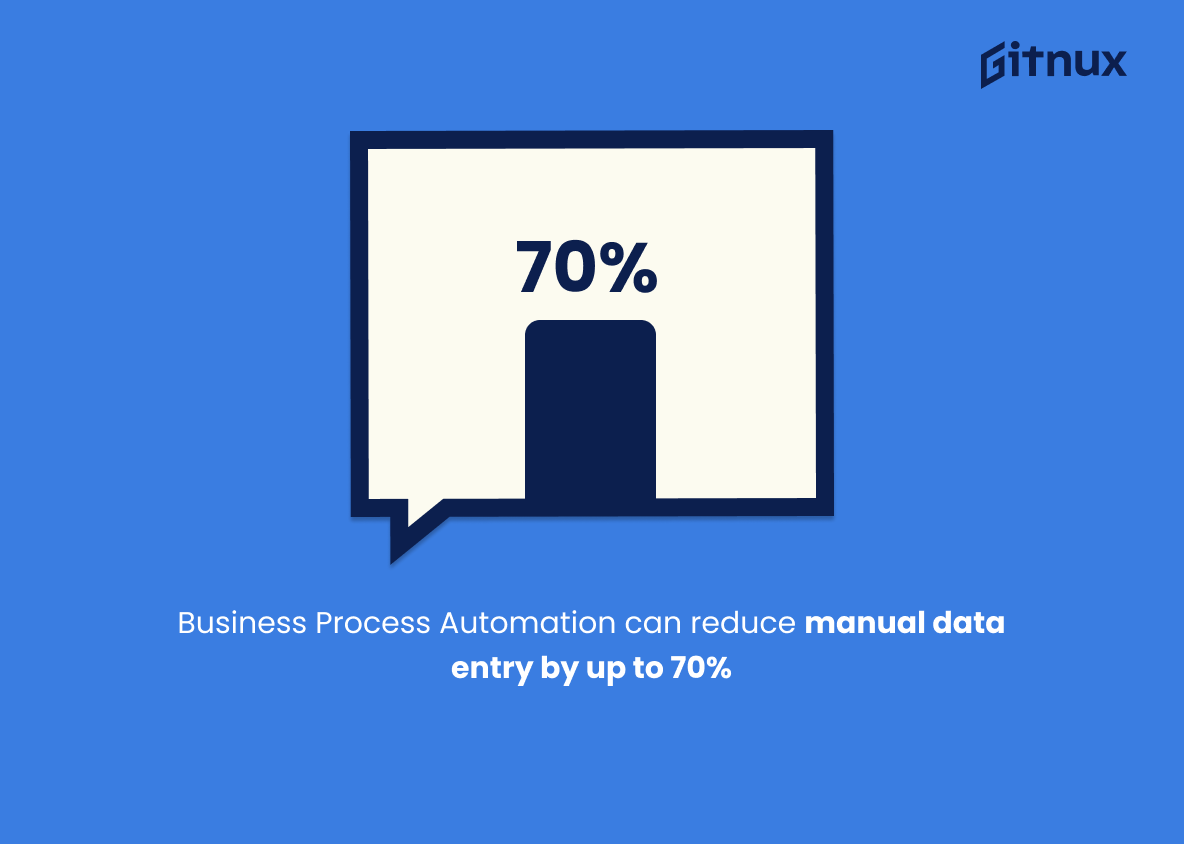Business process automation is becoming increasingly important for organizations to remain competitive in today’s market. Automation can help reduce operational costs, lower the risk of human error, and increase efficiency. This blog post will explore 20 statistics about business process automation that demonstrate its potential impact on businesses around the world.
This statistic is a powerful reminder of the potential savings that can be achieved through business process automation. Companies can significantly reduce their operational costs by automating their processes, allowing them to focus their resources on other areas of their business. This statistic is a great incentive for businesses to consider investing in automation, as it can have a huge impact on their bottom line.
Automated processes can lower the risk of human error by up to 75%,
This statistic is a powerful testament to the effectiveness of Business Process Automation in reducing the risk of human error. By automating processes, businesses can drastically reduce the chances of costly mistakes, saving time and money in the long run. This statistic is a clear indication that Business Process Automation is an invaluable tool for any organization looking to streamline their operations and ensure accuracy.
Business Process Automation Statistics Overview
Approximately 60% of surveyed organizations had at least 1/4 of their business processes automated.
This statistic is a testament to the power of Business Process Automation, showing that a significant portion of surveyed organizations have already taken advantage of its benefits. It demonstrates that automation is no longer a futuristic concept, but a reality that is being embraced by many businesses. This statistic is a clear indication that Business Process Automation is here to stay and is becoming increasingly important for organizations to stay competitive.
McKinsey estimates that half of all work activities can be automated using currently available technologies.
This statistic is a powerful indicator of the potential of Business Process Automation. It suggests that, with the right technology, businesses can significantly reduce the amount of manual labor required to complete tasks, freeing up resources to focus on more strategic initiatives. This could lead to increased efficiency, cost savings, and improved customer service.
Global spending on robotic process automation (RPA) will reach $5.5 billion in 2023,
This statistic is a testament to the growing importance of robotic process automation (RPA) in the business world. It shows that businesses are increasingly recognizing the value of RPA and investing in it to streamline their processes and increase efficiency. This is a clear indication that RPA is becoming an essential part of the modern business landscape and is here to stay.
Over 33% of companies use automation in at least some part of their marketing process.
This statistic is a powerful indicator of the growing prevalence of automation in the marketing process. It shows that a significant portion of companies are already taking advantage of the benefits of automation, and that the trend is likely to continue. This is an important point to make in a blog post about Business Process Automation Statistics, as it demonstrates the potential of automation to improve efficiency and productivity in the marketing process.
Automating just 50% of manual processes would increase the volume of work handled by 50% per full-time equivalent.
This statistic is a powerful indicator of the potential impact of Business Process Automation. By automating just half of manual processes, the volume of work handled by a single full-time equivalent could be increased by a whopping 50%. This is a clear demonstration of the efficiency gains that can be achieved through automation, and a strong argument for businesses to consider investing in automation technology.
70% of firms believe that implementing business process automation directly impacts operational efficiency.
This statistic is a powerful indicator of the potential of business process automation to improve operational efficiency. It shows that the majority of firms recognize the value of automation and are willing to invest in it to improve their operations. This is an important point to make in a blog post about Business Process Automation Statistics, as it demonstrates the widespread acceptance of automation and its potential to improve business operations.
92% of organizations that have implemented automation see an increase in employee satisfaction.
This statistic is a powerful testament to the positive impact automation can have on employee satisfaction. It shows that automation can be a valuable tool for businesses to improve the work environment and make employees feel more valued and appreciated. This is an important point to make in a blog post about Business Process Automation Statistics, as it demonstrates the potential for automation to be a beneficial addition to any organization.
It is estimated that 96% of businesses see an increase in their process capacity with automation.
This statistic is a powerful testament to the effectiveness of business process automation. It shows that the vast majority of businesses that implement automation see an increase in their process capacity, indicating that automation can be a powerful tool for improving efficiency and productivity. This is an important point to make in a blog post about business process automation statistics, as it demonstrates the potential of automation to help businesses succeed.
Manual tasks within finance departments can be reduced by up to 50% using automation.
This statistic is a powerful testament to the potential of Business Process Automation. It demonstrates that automation can drastically reduce the amount of manual labor required in finance departments, freeing up time and resources for more important tasks. This statistic is a clear indication that automation can be a powerful tool for streamlining processes and improving efficiency.
The RPA market is expected to grow at a CAGR of 31.1% during the 2020-2028 forecast period.
This statistic is a testament to the potential of Business Process Automation (BPA) to revolutionize the way businesses operate. With a projected CAGR of 31.1%, it is clear that the RPA market is set to experience significant growth in the coming years. This indicates that more and more businesses are recognizing the value of BPA and are investing in the technology to streamline their operations and increase efficiency.
Business Process Automation can reduce manual data entry by up to 70%.
This statistic is a powerful testament to the effectiveness of Business Process Automation. By reducing manual data entry by up to 70%, it demonstrates the potential for businesses to save time and money, while also improving accuracy and efficiency. This is an invaluable benefit for any organization looking to streamline their processes and maximize their resources.
45% of work activities could be automated, saving more than $2 trillion in global labor costs.
This statistic is a powerful indicator of the potential of Business Process Automation to revolutionize the global economy. It suggests that a significant portion of labor costs could be saved by automating work activities, resulting in a massive financial windfall for businesses and individuals alike. This could have a profound impact on the global economy, allowing businesses to invest more in innovation and growth, and providing individuals with more disposable income to spend on goods and services.
By 2024, Gartner predicts that lower skilled workers who perform routine tasks will be displaced by nearly 69 million, due to automation and artificial intelligence.
This statistic is a stark reminder of the potential impact of automation and artificial intelligence on the workforce. It highlights the need for businesses to be aware of the potential displacement of lower skilled workers and to plan accordingly. It also serves as a warning to those who may be affected by the changes, to be prepared for the potential disruption to their livelihoods.
Conclusion
Business process automation is becoming increasingly important for organizations to remain competitive and reduce operational costs. Automation can also help lower the risk of human error, increase employee satisfaction, improve accuracy and capacity of processes, as well as save labor costs. The global robotic process automation market is expected to grow significantly in the coming years with an estimated $5.5 billion spent by 2023. Companies should consider implementing business process automation into their operations if they want to stay ahead of the competition and maximize efficiency while minimizing manual errors or redundancies in tasks that could be automated instead.
References
0. – https://www.gartner.com
1. – https://www.blog.hubspot.com
2. – https://www.nice.com
3. – https://www.insightslice.com
4. – https://www.uipath.com
5. – https://www.researchgate.net
6. – https://www.prnewswire.com
7. – https://www.forrester.com
8. – https://www.info.aiim.org
9. – https://www.mckinsey.com
10. – https://www.forbes.com
11. – https://www.statista.com
12. – https://www.zapier.com
